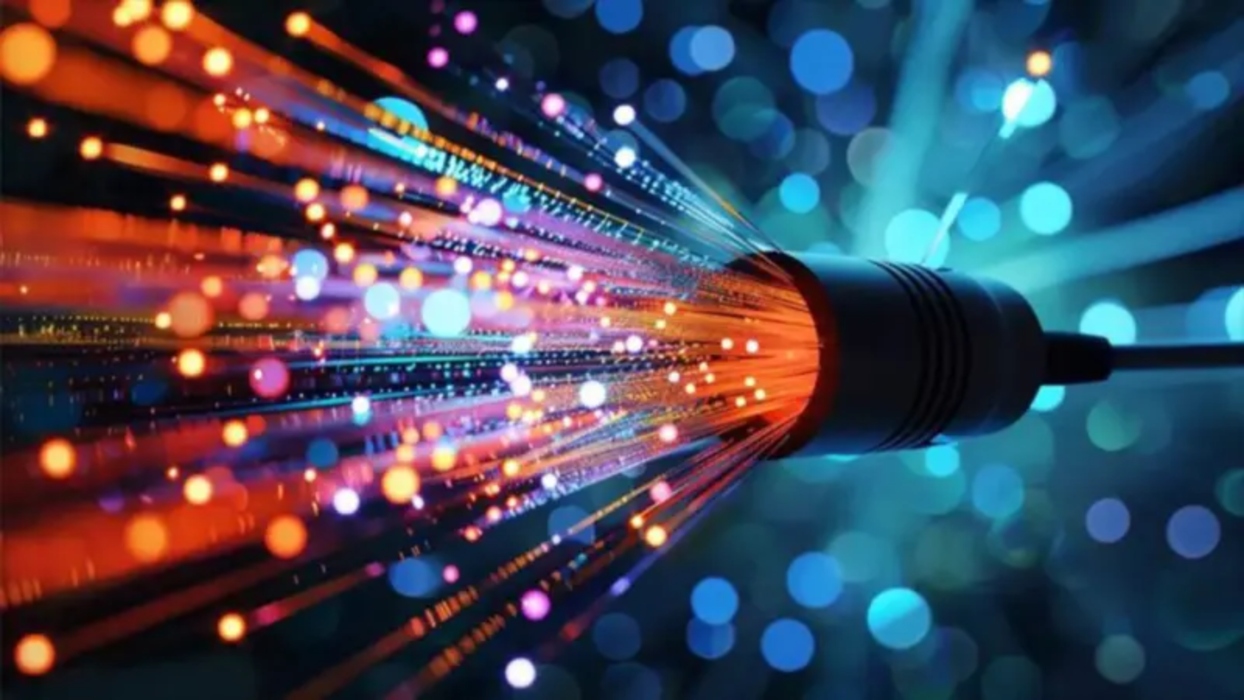Greece continues to lag behind its European peers in the adoption of fiber optic broadband, even as the country experiences a remarkable surge in new connections in 2024. While infrastructure coverage is gradually expanding, fiber penetration remains well below the European average, highlighting persistent challenges such as high costs, complex procedures, and geographic obstacles. Overcoming these barriers will be crucial if Greece aims to align with European standards within the next five years.
Fiber Optics in Europe: A Race with Varying Speeds
According to Point Topic data, fiber optic network deployment across Europe has accelerated dramatically in recent years. Countries like Iceland, Spain, and France boast fiber penetration rates exceeding 90%, achieving near-universal coverage through early investments and competitive market policies.
In contrast, Greece’s fiber adoption stands at a modest 26.3% as of the end of 2024, despite notable progress in new subscriptions. The country’s geography, including numerous archaeological sites that complicate excavation work, alongside relatively high deployment costs, slows down FTTP (Fiber To The Premises) infrastructure expansion compared to other EU nations.
Strong Demand Meets Structural Challenges
The demand for fiber services in Greece shows impressive momentum. New fiber subscriptions surged by nearly 60% in 2024, indicating growing consumer interest in faster and more reliable internet. By mid-2025, Greece’s FTTH lines are expected to reach 2.7 million, covering 56% of fixed connections—still trailing the European average of 69.24%.
Despite infrastructure growth, only about 830,000 active subscribers use fiber, representing just 17% of fixed connections and 31% of available coverage. This reveals substantial room for increased adoption if key barriers are addressed.
Key Obstacles to Fiber Uptake in Greece
- Geographic Complexity: The country’s island geography and protected archaeological zones increase costs and lengthen deployment times.
- Consumer Inertia: Many users consider existing VDSL or cable connections sufficient, slowing the switch to fiber.
- Installation Complexity: Fiber upgrades often require intrusive home work, including excavation, deterring some customers.
- Pricing: Although prices are gradually declining, fiber packages remain more expensive than traditional broadband, discouraging widespread adoption.
Europe’s Fiber Landscape: Leaders and Laggards
The average fiber adoption across 30 European countries stands at 60.1%, a modest increase from 57.8% last year. Iceland leads with 97.7% penetration, followed closely by Spain (92.8%), France (91.9%), and Portugal. These countries benefited from early, large-scale FTTP investments and regulatory frameworks fostering competition.
Spain exemplifies rapid market growth, with fiber adoption rising from 84.4% to 92.8% in 2024, effectively phasing out DSL and copper connections. Conversely, countries like Finland experienced slight declines due to network buildouts outpacing subscriber growth.
Emerging fiber markets such as Malta, Belgium, and the UK saw subscriber growth rates exceeding 38%, reflecting their recent entry into massive fiber deployment phases.
Eastern European nations, including the Baltics, Romania, and Slovakia, invested directly in full fiber rollout rather than upgrading existing copper networks, achieving penetration rates often above 70%.
Economic Stakes and Strategic Imperatives for Greek Providers
Fiber adoption is not only a technical issue but a major revenue driver for telecom companies. For example, French fiber providers earned nearly $1.3 billion (PPP) in 2024, vastly outpacing Germany’s $179 million, despite Germany’s larger potential market value.
In markets like Norway, premium packages offering speeds up to 10 Gbps generate average revenues per user of $110 (PPP), the highest in Europe, while Romania’s ARPU stands at just $24.48 (PPP), illustrating disparities shaped by purchasing power and pricing strategies.
The Path Forward: Unlocking Greece’s Fiber Potential
Greece stands at a pivotal moment. With existing fiber infrastructure outstripping current subscriber numbers, the country has ample opportunity for rapid adoption gains—provided the following occur:
- Price reductions to make fiber more accessible to households.
- Simplification of installation procedures to reduce customer reluctance.
- Innovative service packages that add value and appeal.
- Sustained investments driven by regulatory support aligned with the EU’s gigabit society goals by 2030.
If successfully implemented, these measures could enable Greece to close the fiber gap and reach EU adoption levels within the next five years.
Greece is running to catch up but remains behind in fiber optic deployment. The strong market demand is encouraging, yet structural, geographic, and economic factors slow progress. With the right investments and policies, however, the country can transform this challenge into an opportunity for digital convergence with Europe’s leading nations.
Source: pagenews.gr
